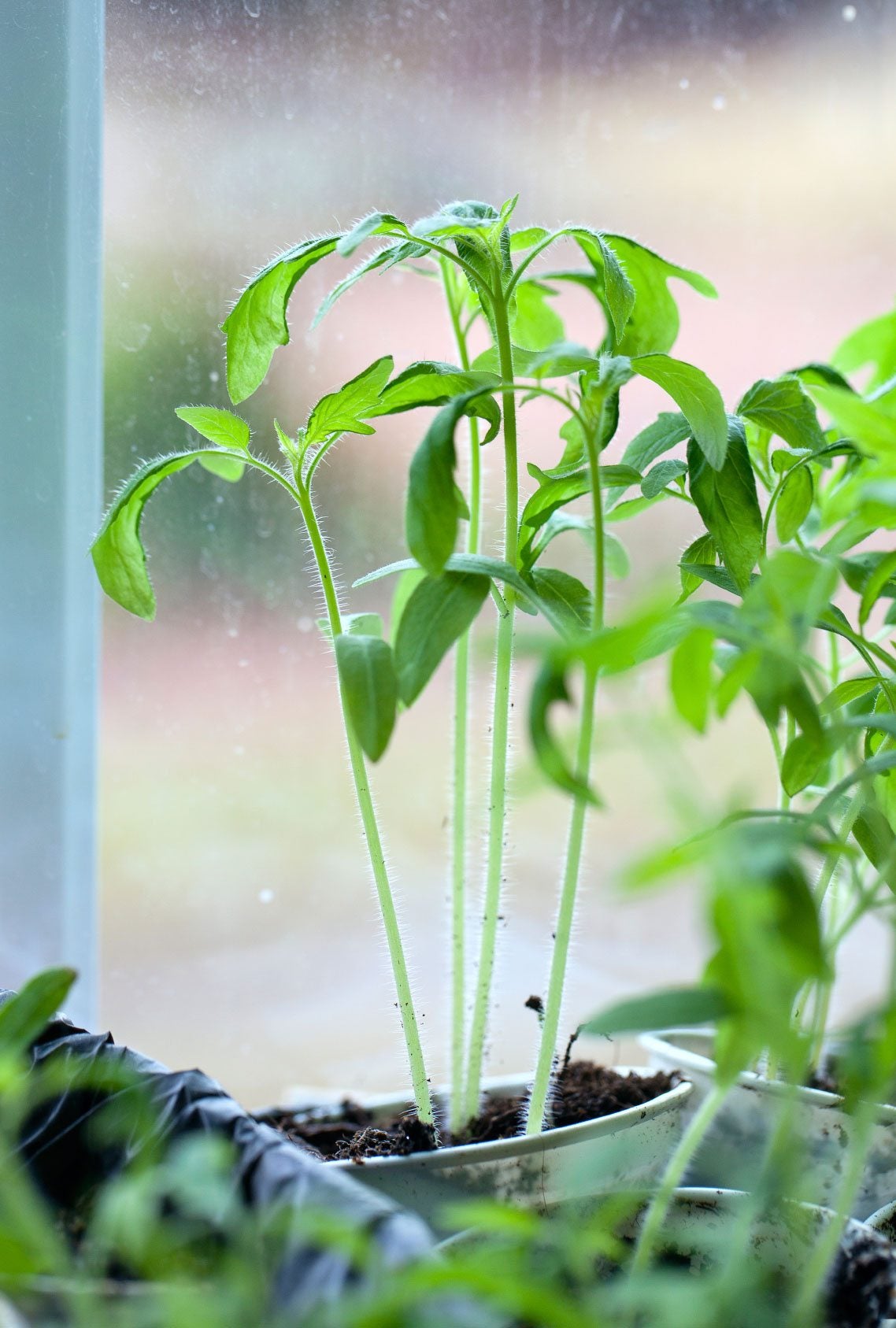Why Are My Seedlings Leggy? What Causes Leggy Seedlings And How To Prevent It


Seed starting is an exciting time for many gardeners. It seems almost magical to place a tiny seed into some soil and watch a small seedling emerge just a short time later, but sometimes things can go wrong. We watch with excitement as the seedlings grow taller, only to realize that they have grown too tall and are now a bit floppy. This is known as leggy seedlings. If you are wondering what causes leggy seedlings, and more importantly, how to prevent leggy seedlings, keep reading.
What Causes Leggy Seedlings?
At the most basic level, leggy seedlings are caused by a lack of light. It could be that the window you are growing your seedlings in does not provide enough light or it could be that the lights you are using as grow lights aren't close enough to the seedling.
Either way, the seedlings will get leggy. This happens due to the natural reaction of plants to light. Plants will always grow towards a light. Leggy seedlings happen for the same reason crooked houseplants happen. The plant grows towards the light and, since the light is too far away, the plant tries to accelerate its height to get close enough to the light to survive.
Unfortunately, there is only a limited amount of growth a plant can do. What it gains in height, it sacrifices in the width of the stem. As a result, you get long, floppy seedlings.
Leggy seedlings are a problem for many reasons. First, seedlings that are too tall will have problems when they are moved outdoors. Because they are thin and floppy, they can't stand up as well to natural occurrences like wind and hard rain.
Second, floppy seedlings have a hard time growing up to be strong plants. Third, seedlings that are falling over can be more prone to disease and pests.
How to Prevent Leggy Seedlings
As discussed earlier, the best way to prevent leggy seedlings is to make sure the seedlings are getting enough light. If you are growing seedlings in a window, try to grow them in a south-facing window. This will give you the best light from the sun.
Sign up for the Gardening Know How newsletter today and receive a free copy of our e-book "How to Grow Delicious Tomatoes".
If a south-facing window isn't available, you may want to consider supplementing the light the seedlings are getting from the window with a small fluorescent bulb placed within a few inches of the seedlings.
If you are growing your seedlings under lights (either a grow light or a fluorescent light), the best way to prevent leggy seedlings is to make sure that the lights are close enough to the seedlings. The lights should remain just a few inches (7-8 cm.) above the seedlings as long as you have them indoors, or your seedlings will get too tall. Many gardeners put their lights on adjustable chains or strings so that the lights can be moved upwards as the seedlings get taller.
You can also force seedlings that are too tall to grow thicker by brushing your hands over them a few times a day or placing an oscillating fan to blow gently on them for a few hours every day.
This tricks the plant into thinking that it is growing in a windy environment and releases chemicals in the plant to grow thicker stems to be better able to withstand the supposed windy environment. This should not replace providing more light, but can help prevent leggy seedlings in the first place.

Heather Rhoades founded Gardening Know How in 2007. She holds degrees from Cleveland State University and Northern Kentucky University. She is an avid gardener with a passion for community, and is a recipient of the Master Gardeners of Ohio Lifetime Achievement Award.